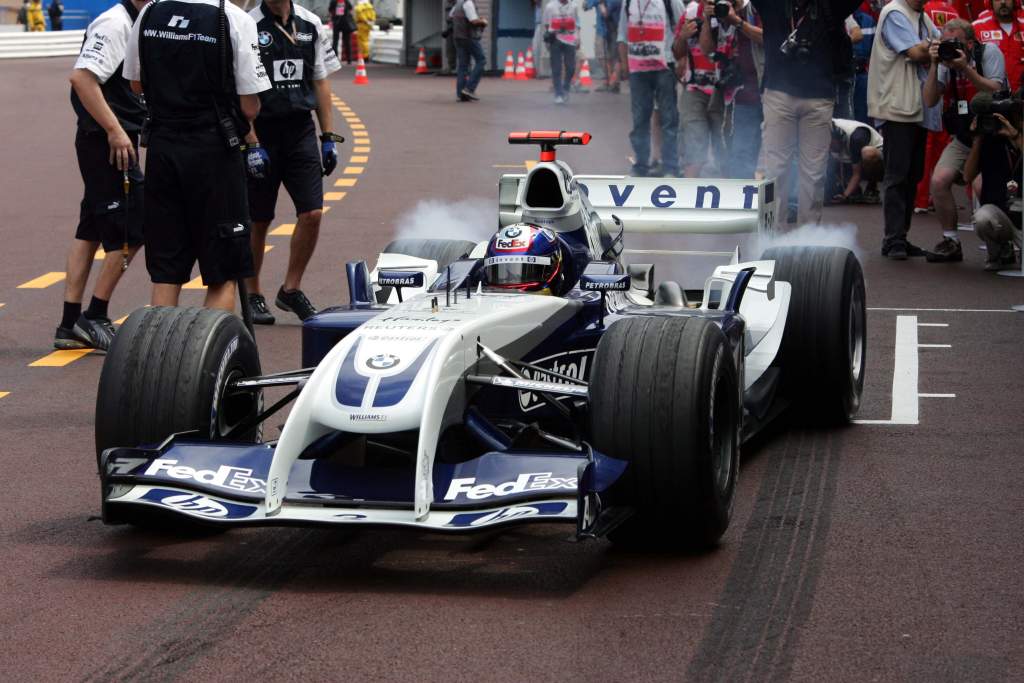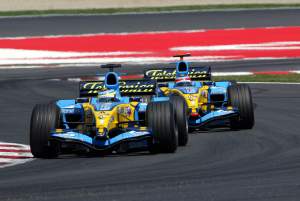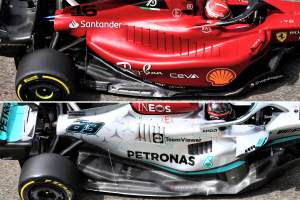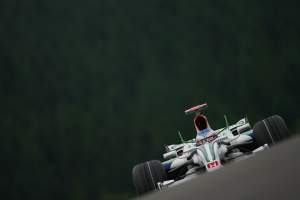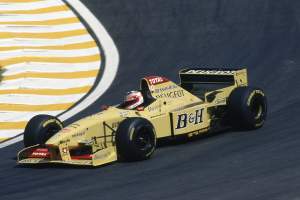Up Next

There’s a saying that if a Formula 1 car looks fast, it is fast.
But some designers have ignored that saying over the years, with some weird and wacky designs emerging in search of that elusive competitive advantage.
So when we came to pick our choice of the 10 most bizarre designs, we had to work through a very long list.
Our only criteria are that the cars must have actually competed in F1 world championship races and have some visually obvious design oddity that went against the norm, and that our choices cover a broad timespan.
Let us know in the comments what you’d have chosen to include, and which weird design is your favourite.
Lotus E22 (2014)
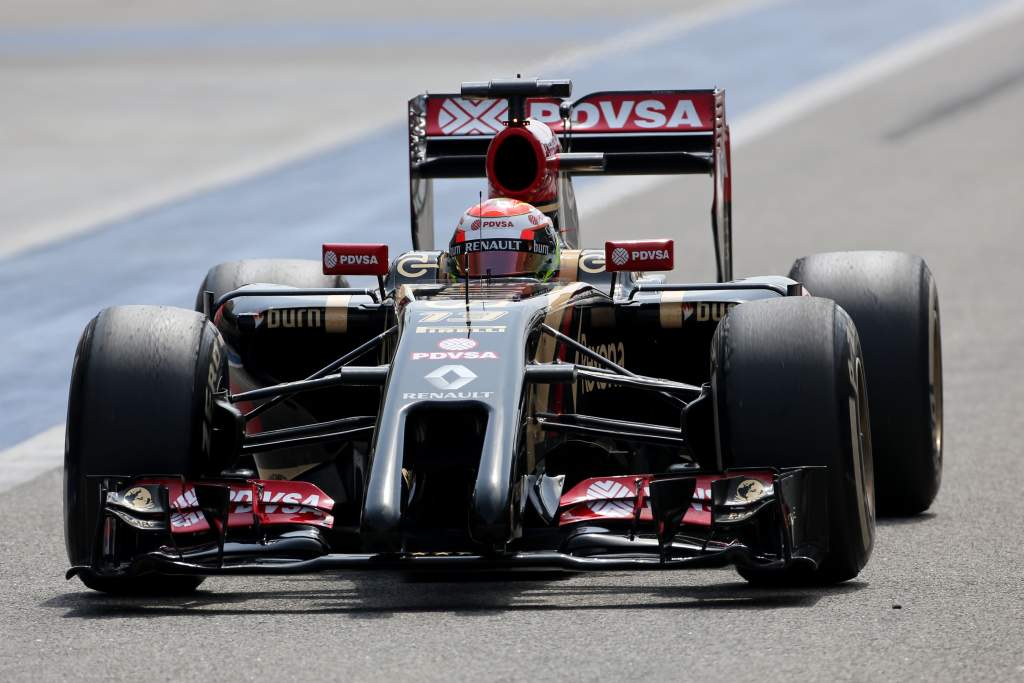
2014 was the peak of F1’s weird nose era, and usually it’s the angular, borderline obscene Caterham CT05 that is remembered.
But it was the Lotus team that produced the most bizarre interpretation of the regulations with its infamous twin-tusk design.
By splitting the nose in two, the objective was to allow cleaner airflow between the tusks to the centre of the car by reducing the aerodynamic blockage created by a conventional central nose tip.
In order to make it legal, the tusk lengths were offset. The tusk on the right side from the driver’s perspective was just over five centimetres longer than the other. This was in order to satisfy the regulations that demanded a single nose tip.
Both tusks acted as a crash structure, but it was a struggle to pass the crash tests.
“The one thing that is difficult with the nose is that it is quite hard to structurally develop and crash test it,” said Nick Chester, Lotus’s technical director at the time.
“Obviously, it is a different structure to a standard nose and it did take quite a lot of iterations to get it to a point where we were happy and it went through the crash test.”
The Lotus E22 proved to be an inconsistent, overly-sensitive and uncompetitive car. Yet the twin tusk nose itself did work as hoped.
Rule changes outlawed it for the following year, with Lotus testing a conventional nose in practice for the 2014 United States Grand Prix ahead of a full switch in 2015.
Toleman T183G (1983-84)
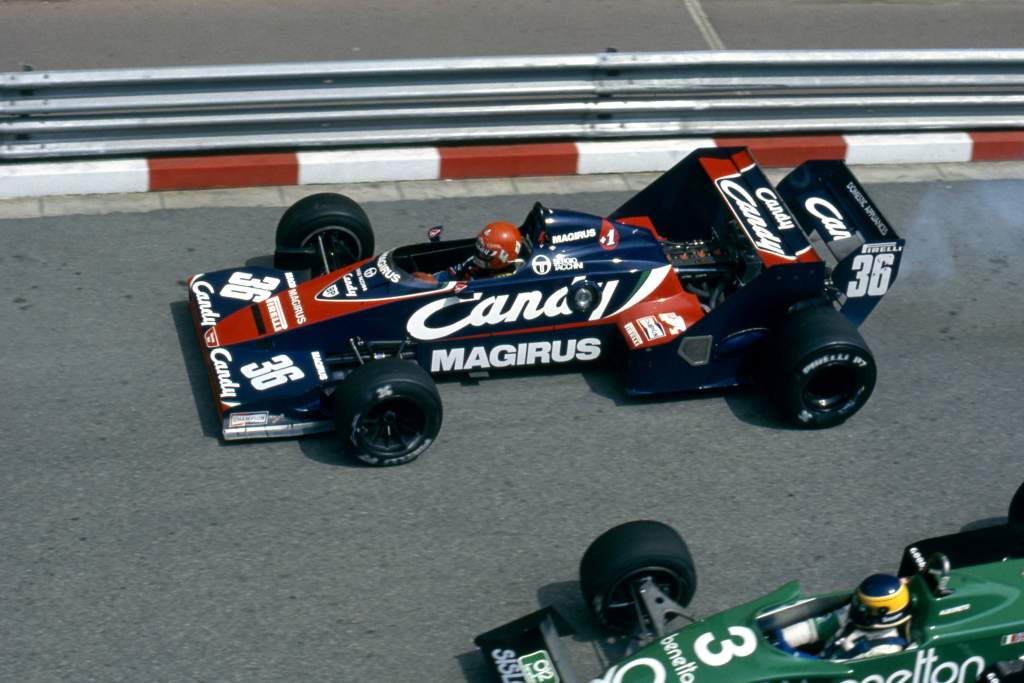
There have been some extraordinary rear wing designs in F1 over the years, but none beat the Toleman T183G. And all because Rory Byrne, then still building a reputation that would make him one of the most celebrated designers in F1 history, hit upon what was then a unique double aerofoil design.
The concept was simple. With the width of the bodywork more restricted behind the rear axle, the wider forward part of the rear wing was designed to work with the narrower rear part to produce more downforce.
While controversial, the design was legal and rivals rushed to copy it.
And it helped Toleman to vastly improved form in 1983, albeit with results limited by poor reliability. Heading to the Dutch Grand Prix in August – round 12 of 15 – drivers Derek Warwick and Bruno Giacomelli had only finished two races each.
But fourth for Warwick at Zandvoort gave Toleman (the forerunner of what’s now Alpine) its first F1 points after nearly three seasons of trying.
That commenced a great run in which Toleman scored in all the season’s remaining races and edged up to ninth in the constructors’ championship, just behind the vastly more established Tyrrell and Lotus teams.
Mercedes W13 (2022)
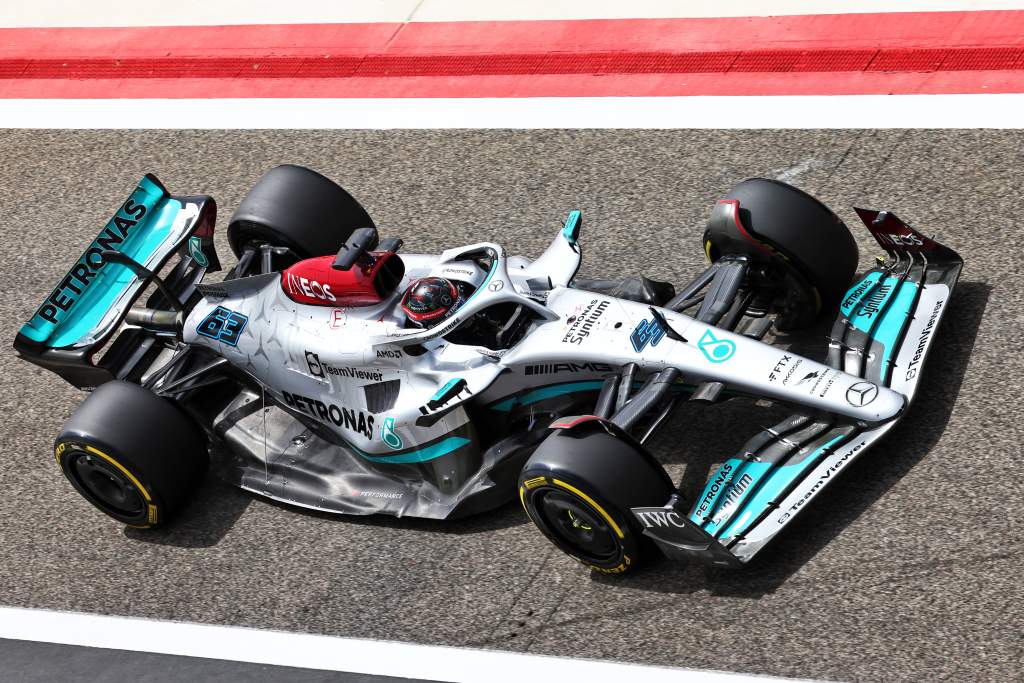
The zero-sidepod design of the Mercedes W13 created one of the oddest-looking F1 cars of the 21st century.
This is thanks to the curious shape of the front part of the sidepods, necessitated by the need for a consistent radius of the bodywork to satisfy the regulations.
It makes for a bizarre looking car that looks ever more strange the closer you get to it thanks to the shrink-wrap effect at the front of the sidepods.
The W13 has struggled with porpoising and bouncing, but this can’t be blamed on the sidepod concept.
As trackside engineering director Andrew Shovlin points out, Mercedes has made big strides during 2022 while retaining the narrow sidepods.
“It has been useful to see this narrow-bodywork car can perform well in races,” he said.
“The sidepods are probably a bit of a distraction from the overall issues we’ve had to fix. If the drivers talk about bouncing now it’s because they have a little bit in one corner at one point, it’s almost noticeable by its absence.
“We’ve been able to apply those improvements to the current package [without changing the sidepods].”
Whether Mercedes perseveres with the zero-sidepod concept in 2023 remains to be seen – especially with Williams already having ditched its similar design.
But whatever happens, the W13 will live long in the memory as one of the most curious cars of recent times.
Tyrrell 025 (1997)

The Tyrrell 025 of 1997 was one of the most curiously angular cars of the 1990s, with its single-pillar front wing support and pointy nose.
It only became more unsightly once it sprouted X-wings early in the season.
But as Mike Gascoyne, then deputy technical director working under the legendary Harvey Postlethwaite, said of the car: ‘not a beauty, but it worked’.
The 025 was underpowered thanks to using the Ford ED customer engine and struggled with Goodyear tyres that were difficult to switch on.
But it was fundamentally a good car and in the hands of Mika Salo it had its day of days in the 1997 Monaco Grand Prix, running without a pitstop and finishing fifth in the wet.
“We reduced the fuel mix and the revs and I started coasting through the corners to stay off the power,” said Salo of his radical zero-stop strategy.
“I didn’t think we were going to make it. My tyres were shot and when it started raining again, I lost all grip and was lucky not to hit the wall.”
The X-wings came and went during 1997 as the underfunded team made the best of its limited resources. But the odd-looking Tyrrell 025 made a bigger impact with its visuals than its results.
HONDA RA108 (2008)
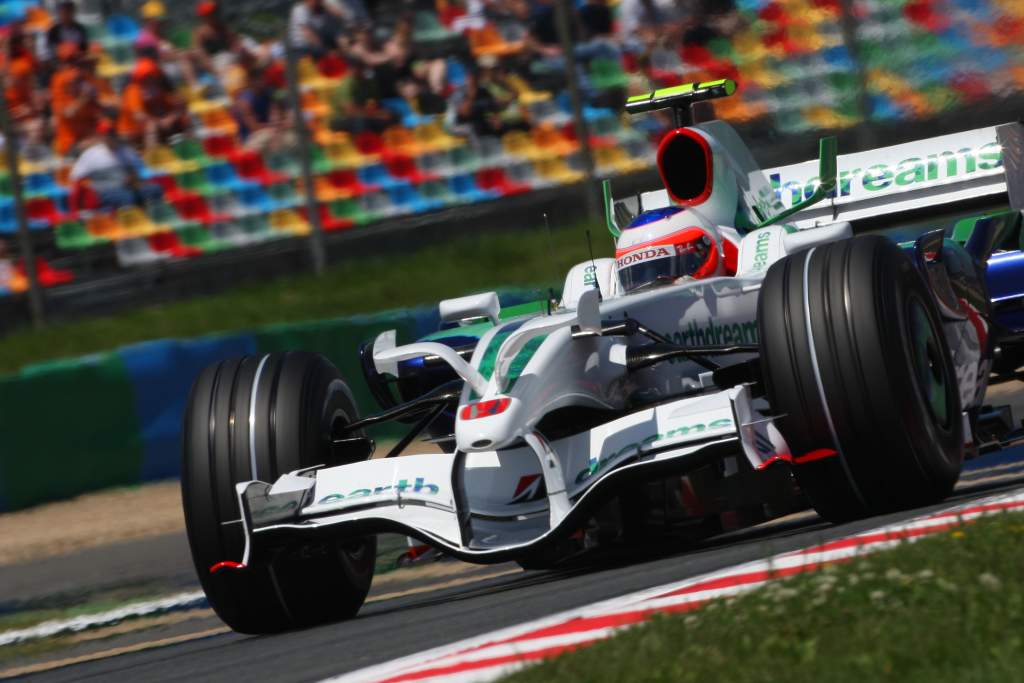
The 2008 crop of F1 cars were a strange bunch, with all sorts of aero devices springing forth from every possible surface as teams tried to maximise every downforce-generating and flow-conditioning opportunity ahead of the simplification of the rules in 2009.
But the Honda RA108 was the most curious-looking of them all. Primarily, this was down to the so-called dumbo wings on top of the nose.
Honda had pioneered these with its unsuccessful 2007 car, but the 2008 versions were bigger and brasher. In Honda’s case, it looked more like a seagull had landed on the top of the nose than a deliberate design.
Other teams ran versions of this, including BMW Sauber and McLaren, but Honda’s was comfortably the least elegant.
And with the rest of this car equally ungainly, it stands as proof that if a car looks bad, there’s a good chance it will perform badly, too.
Its performance was very slightly less humiliating than the 2007 car, but even with a heroic wet-weather podium at Silverstone by Rubens Barrichello, Honda was only ninth in the constructors’ championship.
It then abruptly pulled out of F1, setting the scene for its rebirth as Brawn GP, that sensational 2009 title, and another transformation into Mercedes.
FERRARI F310 (1996)
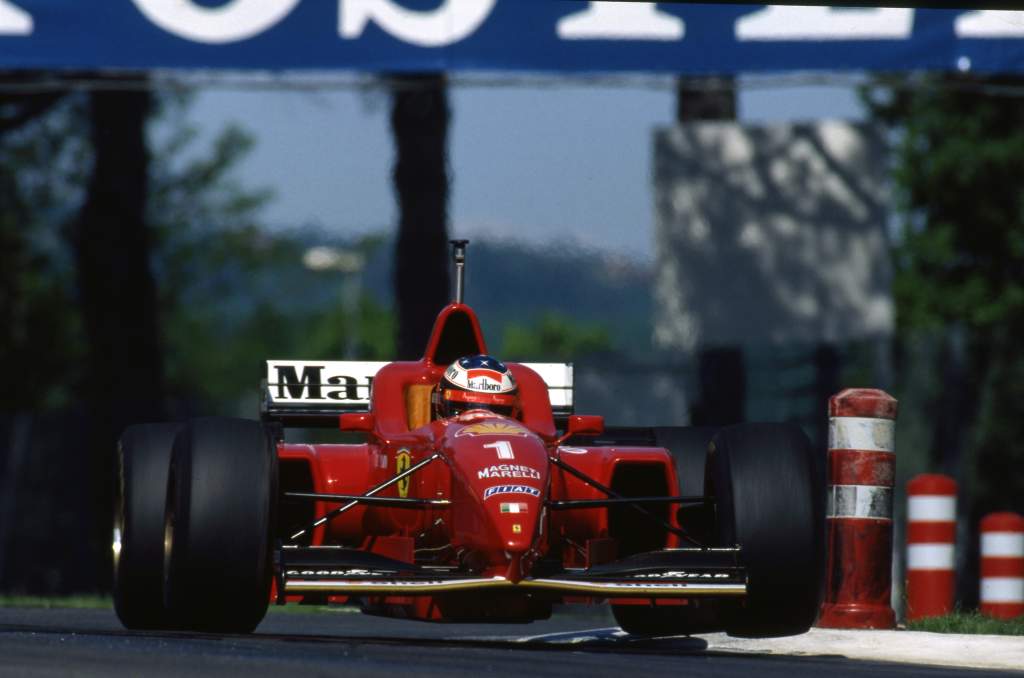
Michael Schumacher’s first Ferrari F1 car, the F310 of 1996, wasn’t one of John Barnard’s best designs.
This bulky, ungainly car had the look of an armchair thanks to its gigantic cockpit sides, which were a stark contrast to the more compact design produced by pacesetting Williams.
This was down to a combination of the new rules requiring increased headrest protection for the drivers, and Barnard following the lead of aerodynamicist Tony Tyler, who headed up the windtunnel programme.
“Following the rules exactly as they were written and producing this headrest, he said ‘this is giving us better numbers’,” Barnard explained in a recent episode of The Race F1 Tech Show.
“We went with that result but he hadn’t looked at the airflow into and around the airbox, and what it had done was screw up the airflow into the airbox.
“If you look at pictures of Schumacher driving it on the straight, he’s got his head over to improve the airbox flow.”
The car had its moments, with Schumacher winning three races, but it was often unreliable and even when changes were made – notably a switch to a high nose in Canada – it remained one of the oddest-looking Ferrari F1 cars ever produced.
Tyrrell P34 (1976-77)
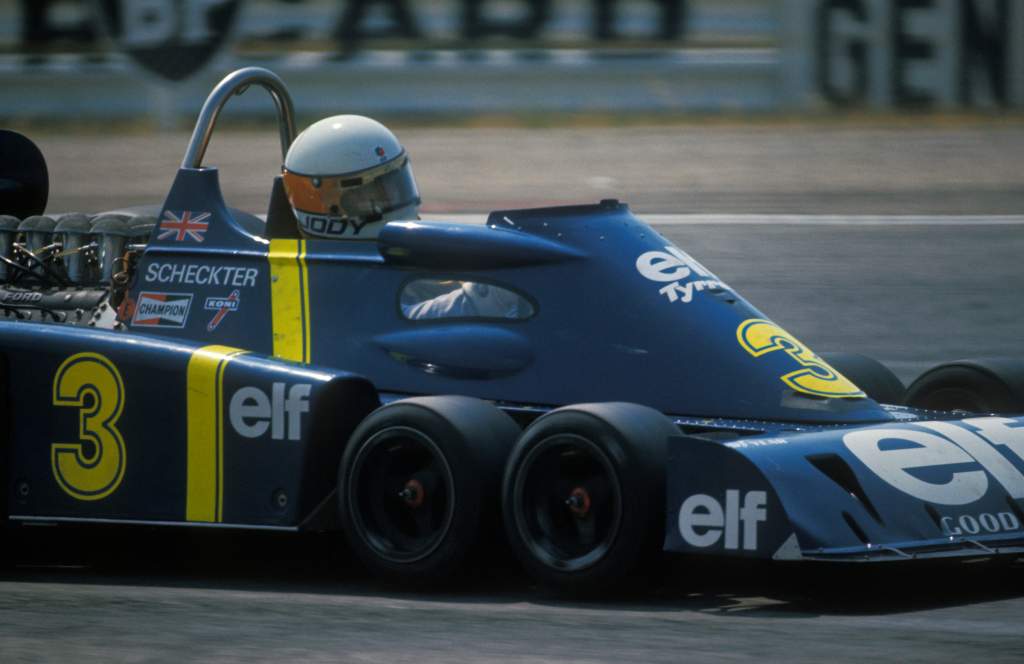
Tyrrell Project 34 – the P34 as it became known – was once a top-secret design worked on by ace designer Derek Gardner in the utmost secrecy after he hit on the idea in 1975.
But since the car made its racing debut in 1976, it has become one of the most celebrated cars in F1 history.
This is all down to it having six wheels. The idea of the design was simple – run four ‘front’ wheels of reduced diameter on 10-inch wheelrims. This reduced drag and meant that the car was immediately quick on the straights, while maintaining the required grip levels.
The P34 claimed 14 podium finishes in its two seasons in F1, with its sole victory taken by Jody Scheckter in the 1976 Swedish Grand Prix at Anderstorp.
While it was an ingenious design, the fact Goodyear couldn’t put the required development resources into the bespoke front tyres and the capricious handling, not helped by the fact it was possible to lock up the various front wheels independently, meant the P34 never fulfilled its potential.
Six-wheelers were eventually banned in 1983, but nobody else had raced such a design anyway.
WILLIAMS FW26 (2004)
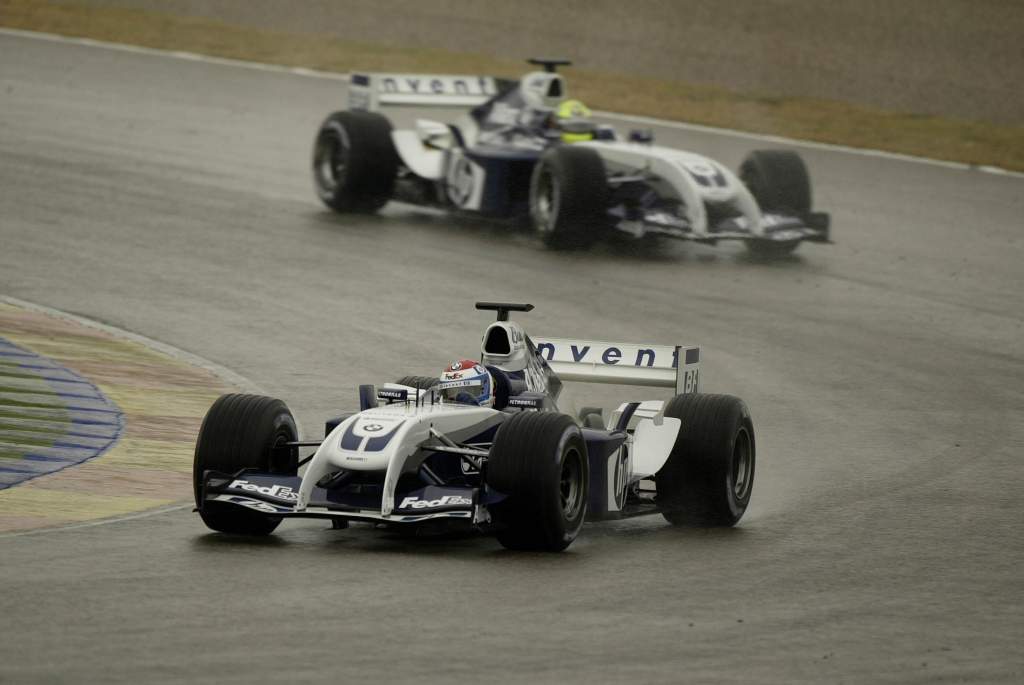
The Walrus-nosed Williams FW26 is one of the most memorable failures of 21st century F1.
Hopes were sky-high heading into the season after Williams had a run at the 2003 world championships, but the car disappointed.
Conceived by aerodynamicist Antonia Terzi, the concept was simple. As Williams co-founder Patric Head explained at the launch, the wide nose would allow the maximum airflow to the front of the floor, although it did come at a cost in terms of weight.
“It is not a styling exercise. We have eliminated part of the nose above the front wing,” said Head at the time.
“It allows more freedom for the airflow. It is to minimise drag and increase downforce. You have to maximise every part of the package to win in F1.”
The trouble is that the aerodynamic benefit of the increased airflow between the nose pillars was relatively small, while the disadvantages – including the fact that it was sensitive to crosswinds thanks to the shape of those pillars – were significant.
“It gave very small advantage to the performance of the front wing and those two pillars sticking forwards were a bit like trying to fly an aeroplane backwards,” Head later admitted.
“Any level of crosswind had a massive effect on trying to steer the car.
“So it was really a bit of a disaster and it took us quite a bit of time before we got rid of it and went to a more conventional nose, which was a good step forward in the drivability of the car.”
The walrus nose lasted just 12 races, during which Williams managed only two podium finishes. It was replaced with a conventional design at the Hungarian Grand Prix in mid-August, and Williams’s year did eventually improve – Juan Pablo Montoya winning the season finale in Brazil, the team’s final triumph until Pastor Maldonado’s Spain 2012 shock.
Mercedes W196 (1954-55)
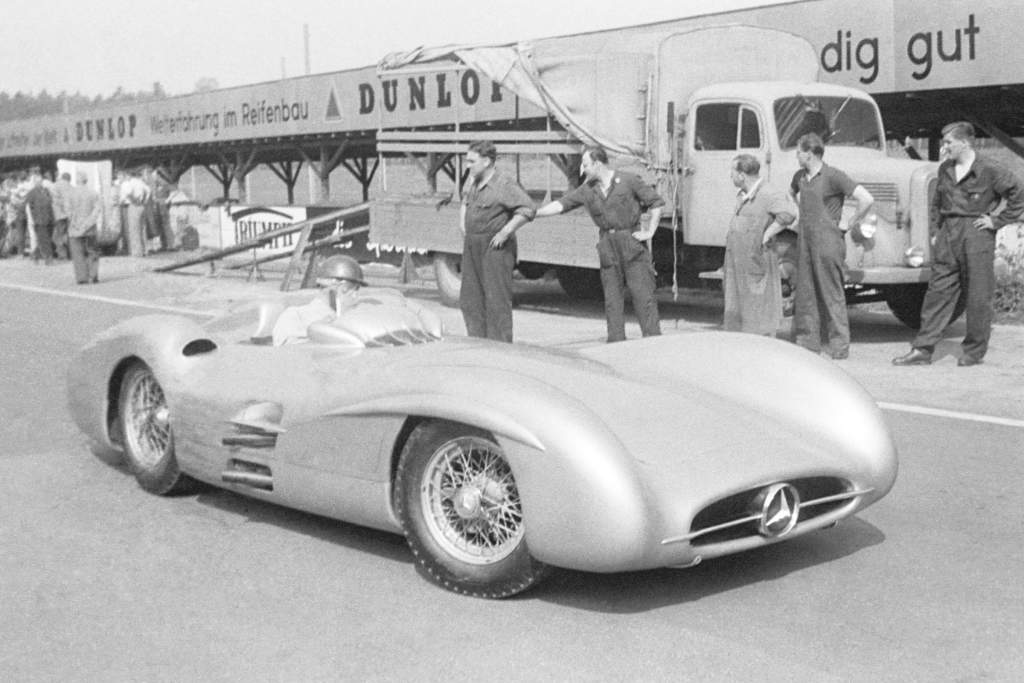
A sportscar racing in F1? Well, sort of. The Mercedes W196 is unique in Formula 1 history in that it was a closed-wheel car – some of the time at least – that won world championship races.
The W196 won nine out of the 12 world championship races it contested – eight of those in the hands of the great Juan Manuel Fangio as he claimed the 1954 and ‘55 world titles.
But three of those victories were using the ‘Type Monza’ aluminium bodywork – colloquially known as a streamliner, or to use the wonderful German word, ‘stromlinienwagen’.
The streamliner also won the non-championship 1954 Berlin GP with Karl Kling.
The car wasn’t without its faults. Fangio struggled with the Type Monza when he raced it at Silverstone in 1954 owing to being unable to see the front wheels. This led to him clipping the oil drums marking the corners repeatedly. That was the only one of its four appearances that the W196 streamliner didn’t win.
It’s not the only streamliner to race in F1, but it is the only successful one there has ever been – and likely ever will be.
McLaren MP4/10 (1995)
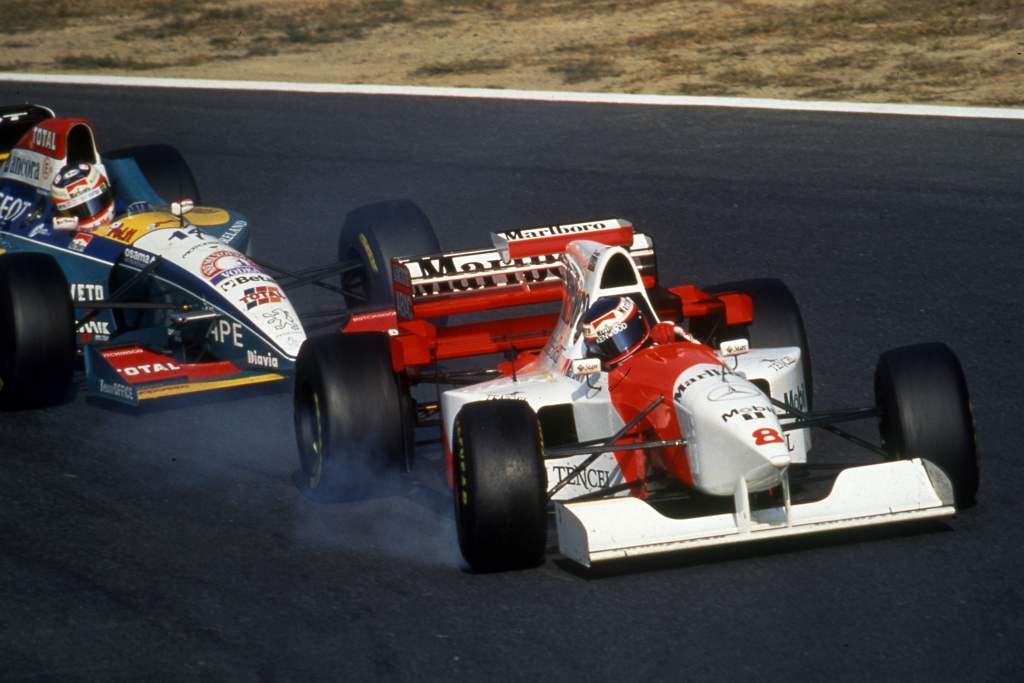
The 1995 McLaren is infamous as the car Nigel Mansell was unable to fit properly at the start of the season.
But there’s far more to its struggles than the 1992 world champion’s ill-fated dalliance with McLaren.
Designed by Neil Oatley and head aerodynamicist Henri Durand, the MP4/10 and its wider-monocoque successor the MP4/10B never looked right.
It was the first McLaren with a raised nose and featured an innovative mid-wing mounted on the airbox. This gave the car a Frankenstein’s monster feel, all angles and disjointed lines.
And the car performed a little like it looked, particularly early on when it was, to quote Mansell, “dreadful”.
Famously, Mansell didn’t last long in 1995.
“I couldn’t trust the car and I certainly couldn’t drive it on the limit,” he said.
“If I tried to go 10-tenths, the chances of having an accident were very high.
“Everything I was asking from the car, it wasn’t able to deliver.”
But while Mansell departed after two poor races, the team was stuck with the MP4/10 for the whole season.
The car had its moments (mostly down to great Mika Hakkinen drives) and McLaren was a distant fourth in the constructors’ championship.
But if points were awarded based on aesthetics, it would have been last.


